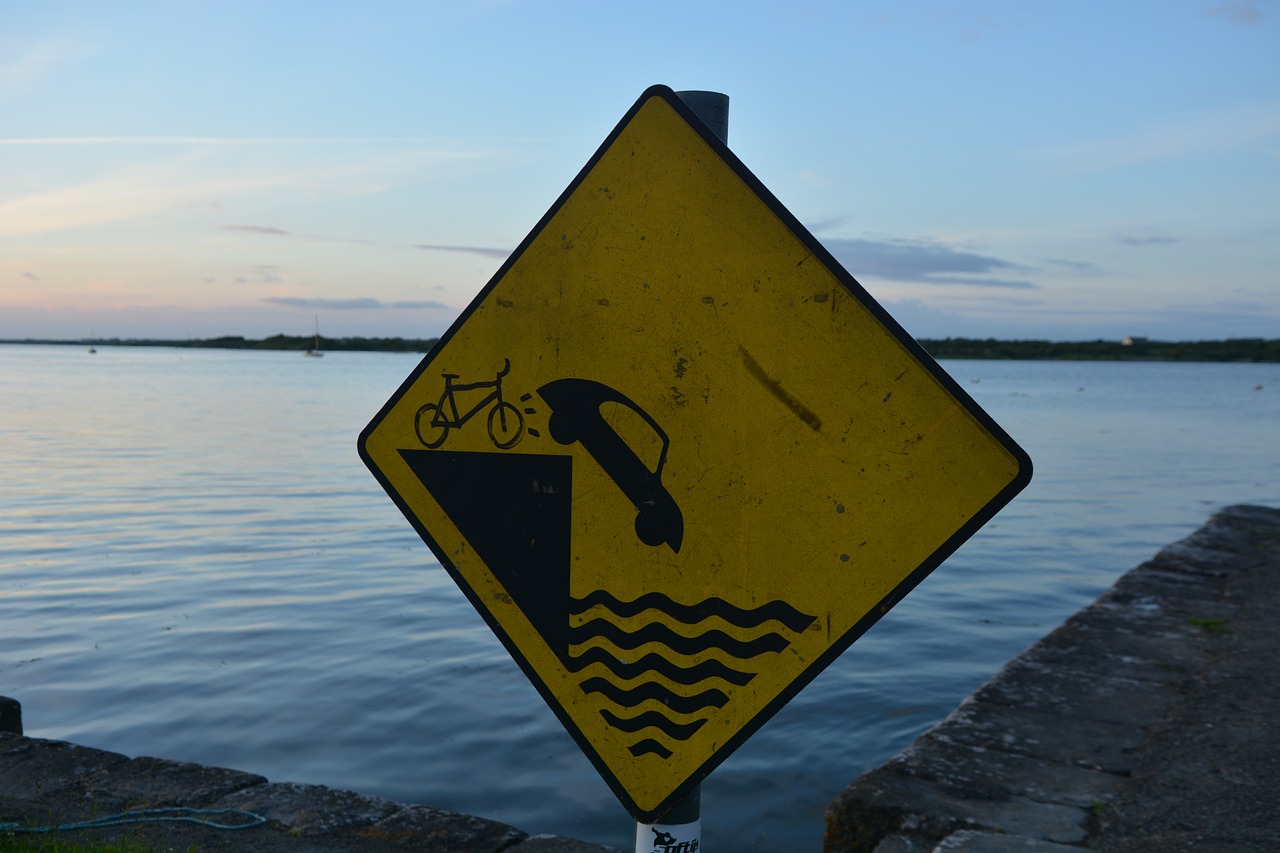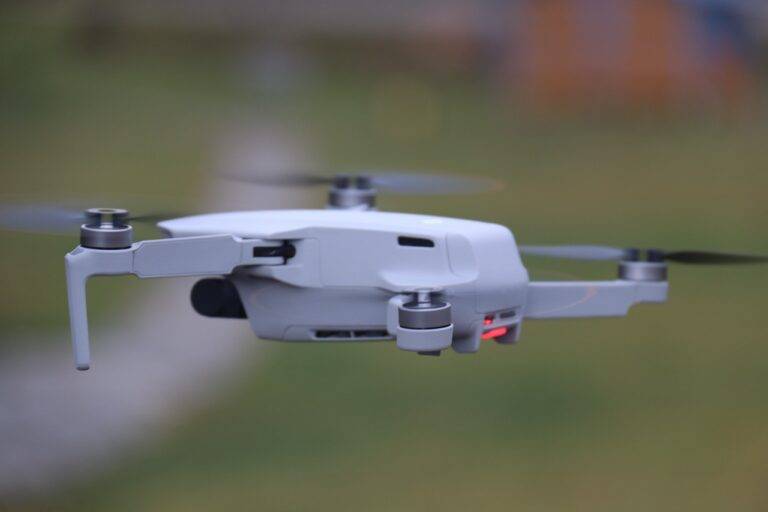The Role of Tech in Protecting Wildlife
One innovative tech solution that has shown promise in wildlife conservation efforts is the use of drones. These unmanned aerial vehicles can be equipped with cameras and sensors to monitor wildlife populations, track their movements, and gather data on their habitats. By providing real-time information to conservationists, drones offer a cost-effective and efficient way to survey large areas of land and protect endangered species.
Another tech solution gaining traction in wildlife conservation is the use of artificial intelligence (AI) and machine learning algorithms. These tools can analyze vast amounts of data collected from satellite imagery, camera traps, and other sources to help predict animal behavior, identify poaching threats, and even model the impacts of climate change on ecosystems. By harnessing the power of AI, conservationists can make more informed decisions and implement targeted strategies to safeguard vulnerable wildlife populations.
Challenges Faced by Wildlife in the Modern World
Human expansion and urbanization have encroached upon wildlife habitats, leading to habitat loss and fragmentation. This forces animals to navigate through unfamiliar territories, increasing their vulnerability to accidents and predation. Additionally, pollution, deforestation, and climate change threaten the delicate balance of ecosystems, putting immense pressure on wildlife populations.
The illegal wildlife trade remains a rampant challenge, driving many species to the brink of extinction. Poaching for their valuable parts such as ivory, horns, and hides continues to devastate populations of elephants, rhinos, and tigers, among others. Furthermore, the spread of diseases from human populations to wildlife poses a significant threat. As human-wildlife interactions increase, so do the risks of disease transmission, further endangering already vulnerable species.
What are some of the major challenges faced by wildlife in the modern world?
Some of the major challenges faced by wildlife in the modern world include habitat loss, climate change, poaching, pollution, and human-wildlife conflict.
How can technology help in wildlife conservation efforts?
Technology can help in wildlife conservation efforts by providing tools for tracking and monitoring wildlife populations, analyzing data to understand threats and trends, and implementing solutions to protect and conserve wildlife.
What are some examples of tech solutions being used for wildlife conservation?
Some examples of tech solutions being used for wildlife conservation include GPS tracking devices for monitoring animal movements, drones for aerial surveys and anti-poaching patrols, and camera traps for studying wildlife behavior.
How can individuals contribute to wildlife conservation efforts?
Individuals can contribute to wildlife conservation efforts by supporting conservation organizations, volunteering for conservation projects, reducing their carbon footprint, and advocating for policies that protect wildlife and their habitats.
What is the importance of addressing the challenges faced by wildlife in the modern world?
Addressing the challenges faced by wildlife in the modern world is important for maintaining biodiversity, preserving ecosystems, and ensuring the long-term survival of species. It is also crucial for the well-being of human societies, as healthy wildlife populations contribute to a balanced and sustainable environment.





